Tag: Metallic Powder Coatings
Posted by: doPowder | on July 31, 2022
How to Apply Metallic Powder Coating Powder
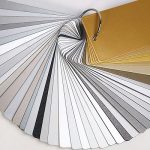
How To Apply Metallic Powder Coating Powder Metallic powder coatings can display a bright, luxurious decorative effect and are ideal for painting indoor and outdoor objects such as furniture, accessories and automobiles. In the manufacturing process, the domestic market mainly adopts the dry-blending method (Dry-Blending), and the international also uses the bonding method (Bonding). Since metallic powder coating of this type is made by adding pure finely ground mica or aluminum or bronze particles, you are actually spraying a mixRead More …
Posted by: doPowder | on July 5, 2022
What is bonded powder coating and non-bonded powder coating
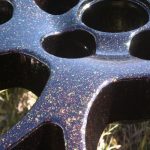
What is bonded powder coating powder and non-bonded powder coating Bonded and non-bonded are terms usually used when referring to metallic powder coating. All metallics used to be non-bonded, which meant that a powder base coat was manufactured and then the metal flake was mixed with the powder to create a metallic In bonded powders, the base coat is still manufactured separately, then the powder base coat and the metallic pigment are placed in a heated mixer and heated justRead More …
Posted by: doPowder | on May 12, 2022
Dry-Blended and Bonded Metallic Powder Coating
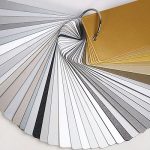
What exactly is Bonded Metallic Powder Coating ? Metallic powder coating refers to various powder coatings containing metal pigments (such as copper gold powder, aluminum powder, pearl powder, etc.). In the manufacturing process, the domestic market mainly adopts the Dry-Blended method and the bonded method. The biggest problem with dry-blended metal powder is that the dropped powder cannot be recycled. The powder application rate is low, and the products sprayed from the same batch are inconsistent in color, and theRead More …
Posted by: doPowder | on November 27, 2021
Maintenance of metallic effect powder coating
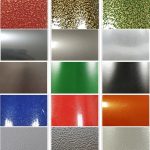
How to maintain metallic effect powder coating Metallic effects arise through light reflection, absorption and mirror effect of the metallic effect pigments contained in the paint. These metallic powders can be used in both exterior and interior environments. The cleanability and suitability of the powder,for an environment or end use, starts with the colour selection process. In certain instances the powder manufacturer may propose the application of a suitable clear topcoat.The cleaning of metallic effect powder coated surfaces is inRead More …
Posted by: doPowder | on September 30, 2020
Pearlescent powder coating,Tips before construction
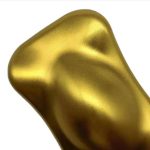
Tips before construction of pearlescent powder coating The pearlescent pigment having a colorless transparent, high refractive index, the directional foil layer structure, in the light irradiation, after repeated refraction, reflection and showing a sparkling pearl luster pigment. Not any permutation of the pigment platelets can produce crystal sparkle effect, in order to form a pearl and color, a prerequisite is the state of the lamellae pearlescent pigments are parallel to each other and arranged in rows along the surface ofRead More …
Posted by: doPowder | on June 15, 2020
Bonded metallic powder coating supply a constant metallic effect
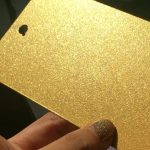
Bonding In 1980, a technique of bonded metallic powder coating was introduced for adding effect pigments to powder coating. The process involves adhering the effect pigments to the powder coating particles to prevent separation during application and recycling. Following research during the 1980s and early ’90s, a new continuous multi-stage process for bonding was introduced. The main advantage with the Bonding process is the degree of control over the entire operation. Batch size becomes less of an issue and thereRead More …
Posted by: doPowder | on June 11, 2014
Pearlescent Pigments
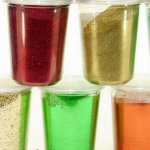
Pearlescent Pigments Traditional pearlescent pigments consist of a high-refractive-index metal oxide layer coated onto a transparent, low-refractive-index substrate such as natural mica. This layering structure interacts with light to produce constructive and destructive interference patterns in both the reflected and transmitted light, which we see as color. This technology has been extended to other synthetic substrates such as glass, alumina, silica and synthetic mica. Various effects range from satin and pearl luster, to sparkle with high chromatic values, and hue-shiftingRead More …
